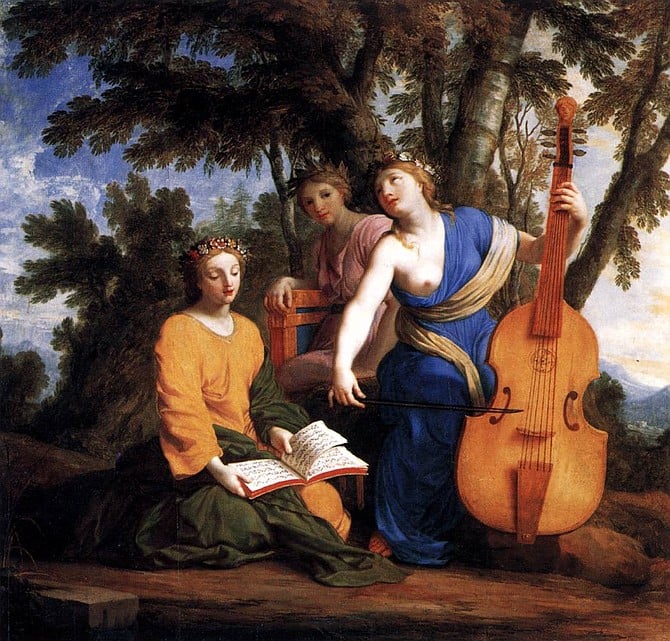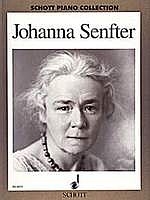 Facebook
Facebook
 X
X
 Instagram
Instagram
 TikTok
TikTok
 Youtube
Youtube

Information about Johanna Senfter is tough to find. She was born and died in Oppenheim, Germany. Her dates were November 27, 1879 to August 11, 1961. All I can find about her is a list of people she studied with. There appear to be no books written about her and no academic papers of note.
There is, however, a complete recording of her Symphony No. 4. She wrote nine symphonies in all. In the quest to explore women composers, this first trip doesn’t have much of a road map.
At the start of Senfter’s symphony, from 1930, we hear Bruckner. As the symphony progresses the voice of Senfter becomes more distinct, but that opening movement could have been written by Bruckner, no doubt.

The quality of the music is far greater than the amount of information we have about the composer. The obvious comment here is that this music deserves to be heard, but, you know, money. The question is can it be heard?
Classical music has something of a branding issue. Beethoven will bring more people to a concert than will Sibelius. It’s a matter of name recognition. A concert with Mozart will be more popular than a concert with Scarlatti.
A concert with a 45-minute long symphony by an unknown female composer is going to be a tough sale to subscribers and donors. Most unknown works are relegated to be about 15–20 minutes long and are put at the top of the program. Rarities are almost never the featured work after the intermission.
Why has this suddenly taken a negative turn? For us to become aware of and admire great female composers is one thing, but organizations adding them to standard programming is quite another.
While I wouldn’t say there is a blatant resistance to female composers, I would say there is a blatant lack of presenting them as top-notch composers. The fact of the matter is that there are several top-notch female composers.
Maybe Johanna Senfter is one of them but we may never know because of the lack of information about her. This lack of information reinforces the issues of women composers.


Information about Johanna Senfter is tough to find. She was born and died in Oppenheim, Germany. Her dates were November 27, 1879 to August 11, 1961. All I can find about her is a list of people she studied with. There appear to be no books written about her and no academic papers of note.
There is, however, a complete recording of her Symphony No. 4. She wrote nine symphonies in all. In the quest to explore women composers, this first trip doesn’t have much of a road map.
At the start of Senfter’s symphony, from 1930, we hear Bruckner. As the symphony progresses the voice of Senfter becomes more distinct, but that opening movement could have been written by Bruckner, no doubt.

The quality of the music is far greater than the amount of information we have about the composer. The obvious comment here is that this music deserves to be heard, but, you know, money. The question is can it be heard?
Classical music has something of a branding issue. Beethoven will bring more people to a concert than will Sibelius. It’s a matter of name recognition. A concert with Mozart will be more popular than a concert with Scarlatti.
A concert with a 45-minute long symphony by an unknown female composer is going to be a tough sale to subscribers and donors. Most unknown works are relegated to be about 15–20 minutes long and are put at the top of the program. Rarities are almost never the featured work after the intermission.
Why has this suddenly taken a negative turn? For us to become aware of and admire great female composers is one thing, but organizations adding them to standard programming is quite another.
While I wouldn’t say there is a blatant resistance to female composers, I would say there is a blatant lack of presenting them as top-notch composers. The fact of the matter is that there are several top-notch female composers.
Maybe Johanna Senfter is one of them but we may never know because of the lack of information about her. This lack of information reinforces the issues of women composers.
Comments